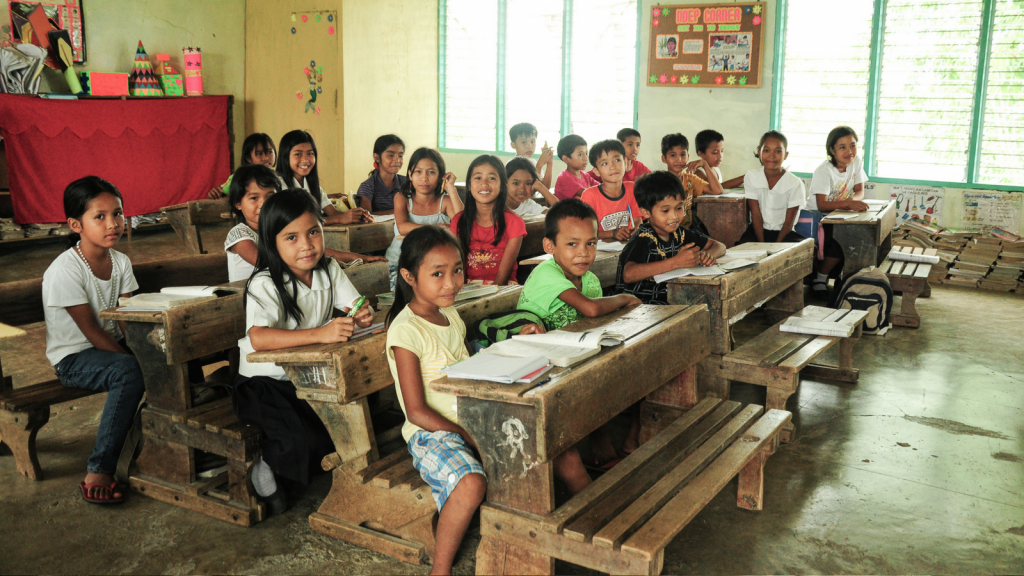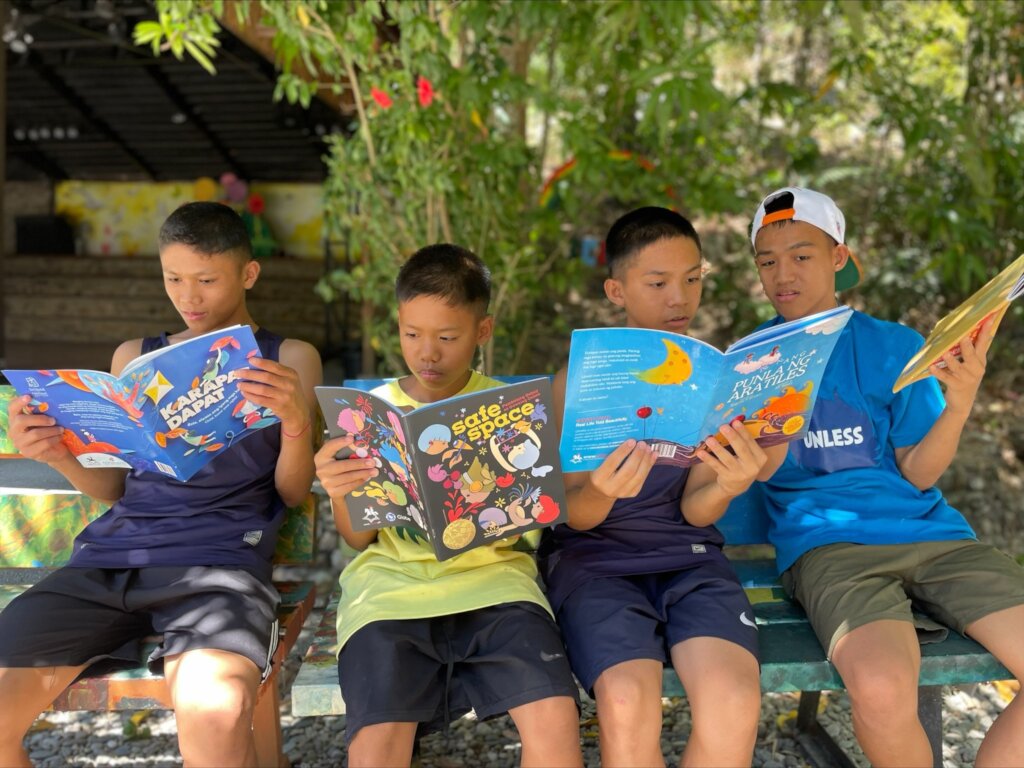Physical Address
304 North Cardinal St.
Dorchester Center, MA 02124
Physical Address
304 North Cardinal St.
Dorchester Center, MA 02124

Reading literacy in the Philippines is a critical issue that demands urgent attention. The ability to read and comprehend text is fundamental to education, personal growth, and national development. Despite numerous efforts to improve literacy rates, the Philippines still faces significant challenges. Addressing these challenges requires a comprehensive approach that involves the government, educational institutions, and communities. By focusing on reading literacy, we can pave the way for a brighter future for the Filipino people.
The Current State of Reading Literacy in the Philippines
The Philippines has made strides in improving literacy rates over the years, but there is still much work to be done. According to recent statistics, the country’s literacy rate stands at around 96%, which is commendable. However, this figure does not fully capture the reality on the ground. Many students, particularly those in rural and underserved areas, struggle with reading comprehension. This gap in reading literacy in the Philippines can be attributed to several factors, including inadequate educational resources, lack of trained teachers, and socio-economic disparities.

Challenges Faced by Students
Students in the Philippines face numerous obstacles that hinder their reading literacy. One of the most significant challenges is the lack of access to quality educational materials. Many schools, especially in remote areas, have outdated textbooks and insufficient learning resources. This makes it difficult for students to develop strong reading skills. Additionally, the shortage of trained teachers exacerbates the problem. Teachers play a crucial role in fostering a love for reading and providing the necessary guidance to improve literacy. Without well-trained educators, students are left to struggle on their own.
Another major issue is the socio-economic disparity that affects many Filipino families. Poverty forces children to prioritize work over education, leaving little time for reading and studying. For many, the need to contribute to their family’s income outweighs the importance of literacy. This vicious cycle perpetuates illiteracy and limits opportunities for upward social mobility.
The Role of Government and Policy Initiatives
Addressing reading literacy in the Philippines requires strong government intervention and effective policy initiatives. The government must prioritize education and allocate sufficient funding to improve educational infrastructure. Investing in modern learning materials, libraries, and technology can significantly enhance the learning experience for students. Furthermore, implementing comprehensive training programs for teachers is essential. Teachers need continuous professional development to stay updated with the latest teaching methodologies and strategies for improving reading literacy.
Programs such as the Department of Education’s “Every Child a Reader Program” (ECARP) are steps in the right direction. ECARP aims to ensure that every Filipino child can read by Grade 3. However, the success of such programs depends on their effective implementation and continuous monitoring. The government must also collaborate with non-governmental organizations (NGOs) and private sector partners to amplify these efforts and reach more students.
Community Involvement: A Key to Success
While government intervention is crucial, community involvement is equally important in addressing reading literacy in the Philippines. Local communities can play a vital role in supporting literacy initiatives. Parents, for instance, should be encouraged to cultivate a reading culture at home. Simple activities like reading bedtime stories, discussing books, and visiting libraries can have a profound impact on a child’s reading development.
Moreover, community libraries and reading centers can provide safe and conducive environments for children to read and learn. These spaces can offer a wide range of books, digital resources, and educational programs that cater to different age groups and interests. Community-led initiatives, such as book drives and reading clubs, can also foster a sense of collective responsibility towards improving literacy rates.

Conclusion: Building a Literate Nation
Reading literacy in the Philippines is more than just an educational issue; it is a cornerstone for national development. A literate population contributes more effectively to the economy, participates actively in civic activities, and leads healthier lives. By addressing the challenges of reading literacy through government policies, educational reforms, and community involvement, we can create a more equitable and prosperous society.
The journey towards improved reading literacy in the Philippines requires a united effort from all sectors of society. With the right strategies and a shared commitment, we can ensure that every Filipino child has the opportunity to read, learn, and succeed.